
OR
Income tax sees shortfall of 7.33% against target
Published On: July 25, 2018 07:35 AM NPT By: Republica | @RepublicaNepal
Experts say slow growth in income tax indicates deteriorating health of the economy
KATHMANDU, July 25: Income tax collection saw a shortfall of 7.33 percent against the target of Rs 149 billion in the last Fiscal Year 2017/18. The revenue collection stood at only Rs 140 billion that had witnessed a whopping growth of 18 percent in the previous Fiscal Year 2016/17.
However, going by growth percentage of income tax collection, there was a positive growth of 3.35 percent in the last fiscal year compared to the previous year.
Officials of Inland Revenue Department (IRD) attribute the decline in the profits of banks and financial institutions (BFIs) and also fall in profits of some government enterprises including Nepal Oil Corporation behind this slow growth.
Profits of the BFIs mostly fell after mergers. On top of that, the tax waiver policy for the merged BFIs led to low collection income tax, according to Narayan Bhandari, director at IRD. The details of the breakdown of income tax are yet to be analyzed.
House rent collection stood at Rs 4.54 billion, which was also about 8 percent lower than the target. However, the tax from interest income increased to Rs 14.96 billion, which was an increment by 19 percent against the target.
All other major indirect taxes -- Value Added Tax, customs duty and excise duty -- have posted over 20 percent growth. Value Added Tax posted a growth of 29 percent while customs and excise duties each posted a growth of 21 percent, according to the Ministry of Finance.
Government collected total revenue of Rs 731 billion, which is a marginal surplus against the target.
Shortfall in the income tax target and a slow growth in collection volume compared to the previous fiscal year does not bode well in the country’ economic health, according to experts.
“This shows the country’s economic health is deteriorating. Investors’ earnings have declined in proportion to investments and productions have also seen a fall,” said economist Chandra Mani Adhikari.
Adhikari further said: “Consumption-based import is growing while citizen’s saving capacity has remained low.”
The share of income tax in the total revenues is high in developed countries. But it amounts for only 27 percent in Nepal, indicating the country’s revenues come mostly from indirect taxes like VAT and excise duty in which every citizen has to pay taxes indirectly for consumption rather than savings and profits from income generating activities.
Seconding Adhikari’s views, Ram Mani Duwadi, former deputy director general of IRD, stated that the country should not be heading toward a fall in income tax. “Tax on earnings should have a larger contribution to the country’s revenue to ensure that the country is heading toward progress,” said Duwadi.
Retired government officials have stressed on the need for more surveillance on tax compliance to increase its share in the country’s total revenue. The current slowdown is also due to very few cases of income tax payment records audited by the IRD, according to a retired government official. Hardly two cases related to income tax out of 100 are audited by the IRD. The trend so far indicates that tax collection, which is based on the principle of self-declaration of income by the taxpayers and due payments, is not properly complied.
You May Like This

Finance Minister pledges to expand tax base and reform tax regime
KATHMANDU, July 18: The government has expressed its commitment to expand the tax base and to reform the tax system... Read More...

PM promises income tax waiver for poultry entrepreneurs
KATHMANDU, Jan 16: Prime Minister Pushpa Kamal Dahal has said that the government will provide income taxi waiver for poultry entrepreneurs. Read More...
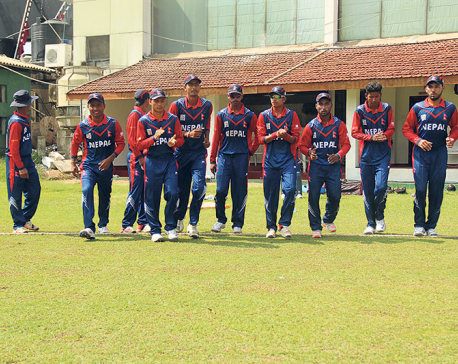
Nepal chasing 154 runs target against Malaysia
KATHMANDU, Dec 18: Nepal is chasing a 154 runs target set by Malaysia in its third match of the ongoing... Read More...
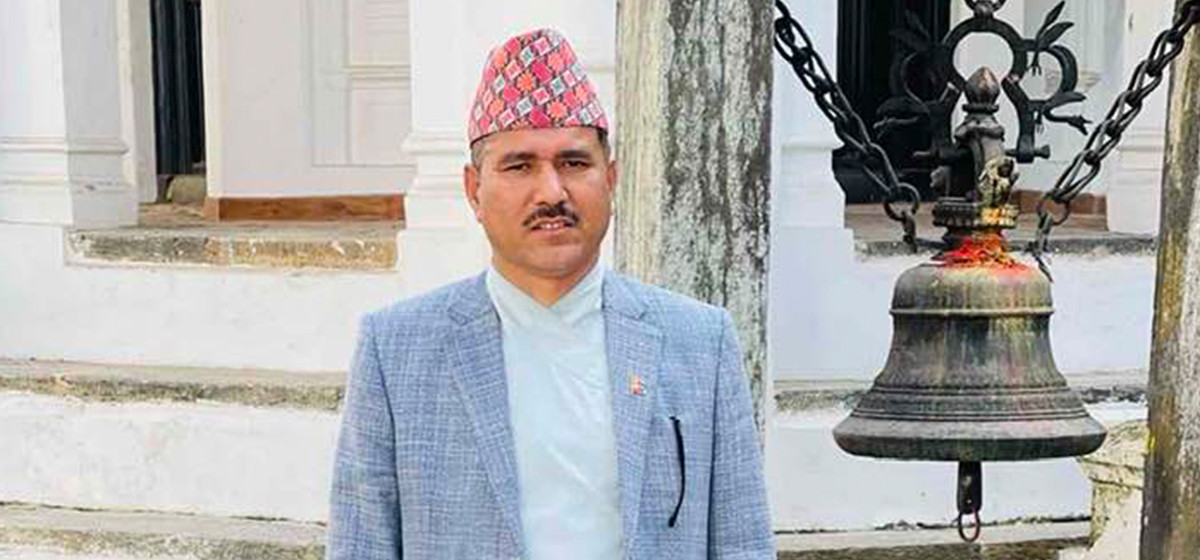



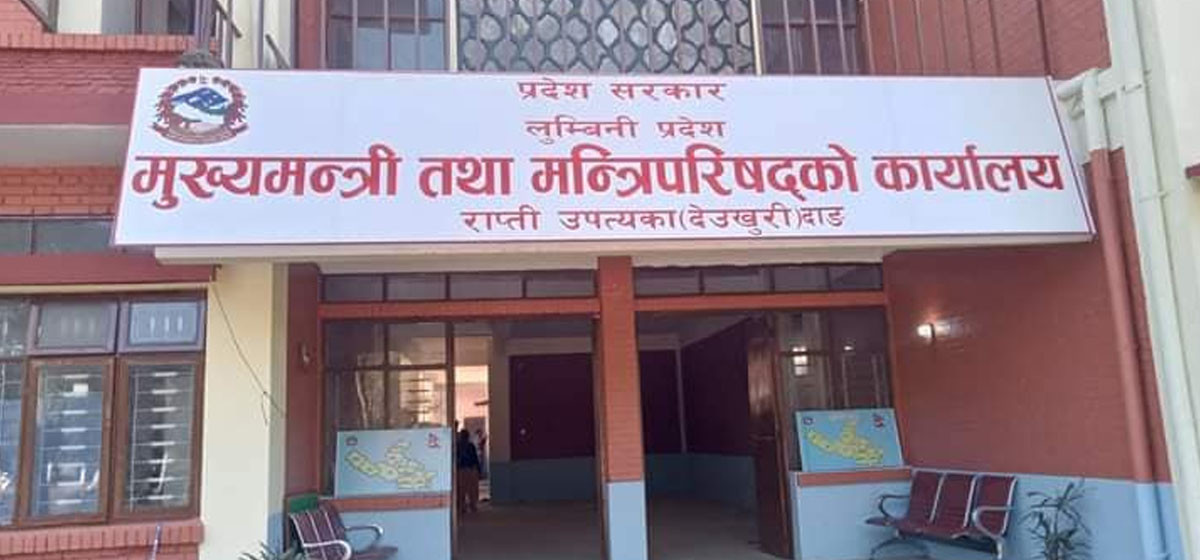
Just In
- Raya appointed as Auditor General
- 9 are facing charges in what police in Canada say is the biggest gold theft in the country’s history
- Gold price falls by Rs 600 per tola
- Dr Anjan Shakya nominated as National Assembly member
- Special session of Koshi Province Assembly begins
- Lumbini Province: Three UML, one NUP leaders to take oath as ministers without portfolio today
- Unified Socialist’s general convention from June 30
- Former Indian Foreign Secy Shringla highlights India's strategic engagement with neighboring Nepal









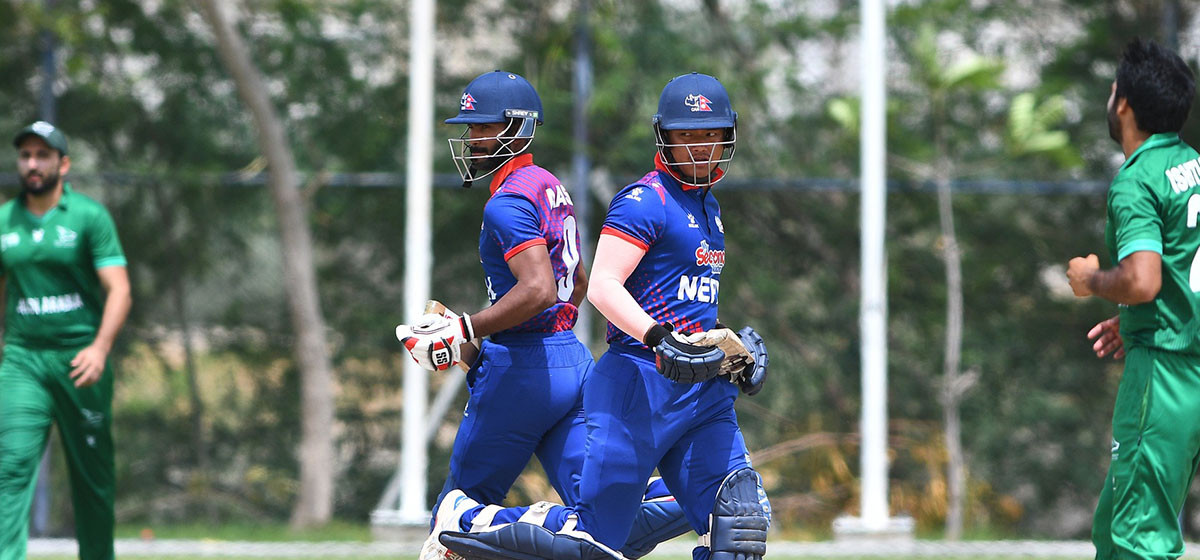


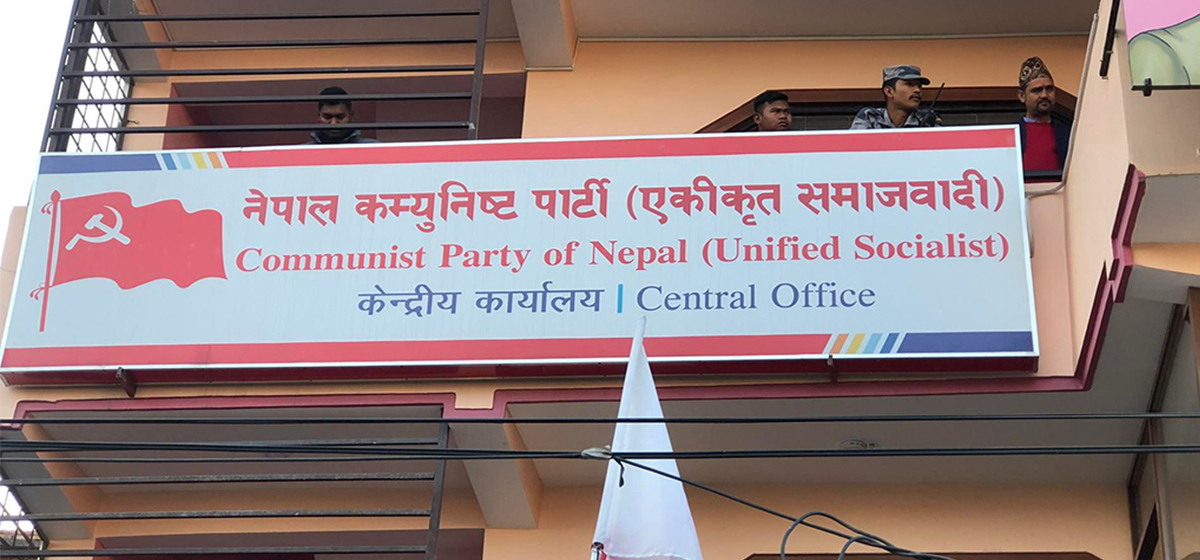

Leave A Comment